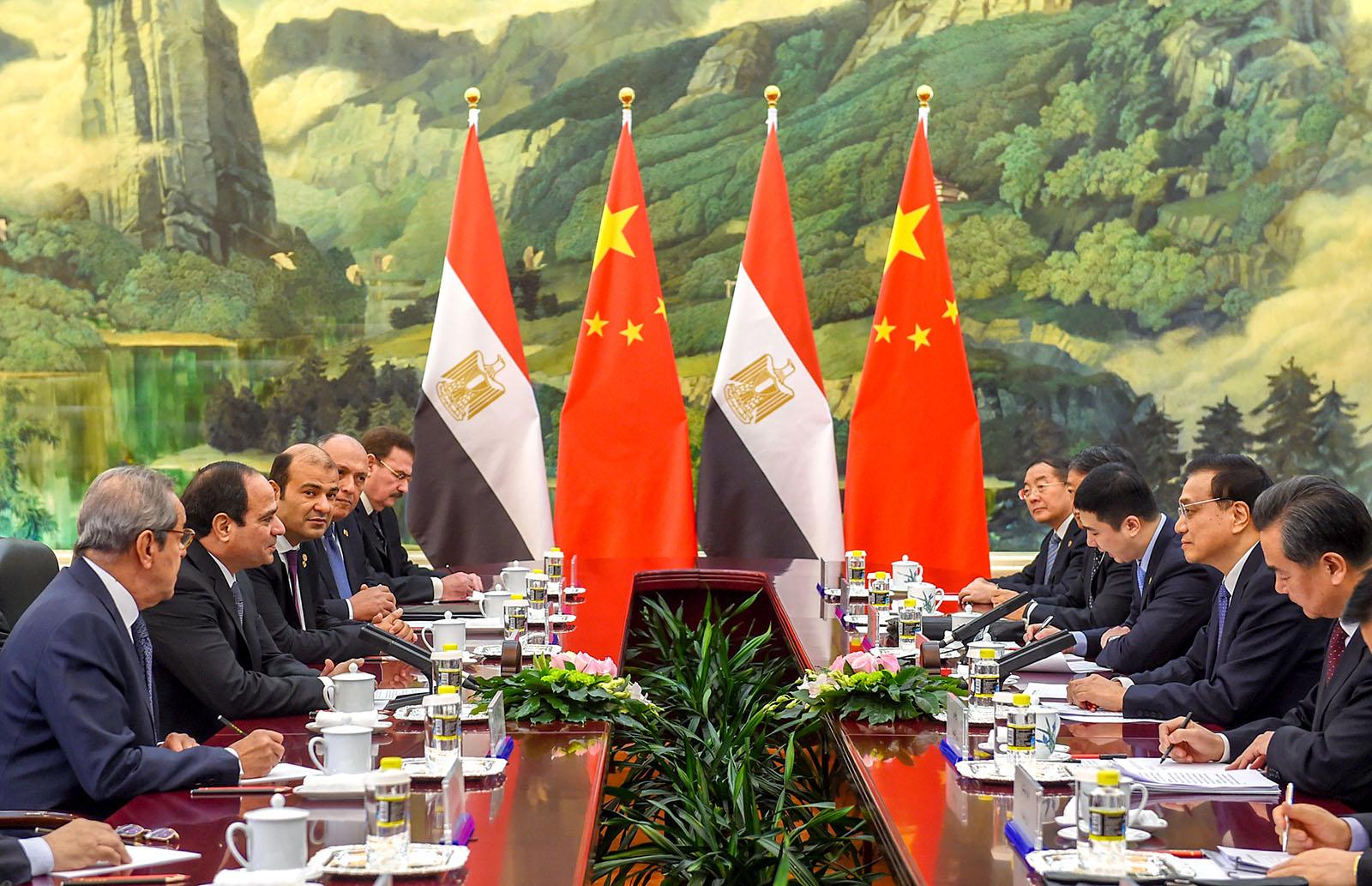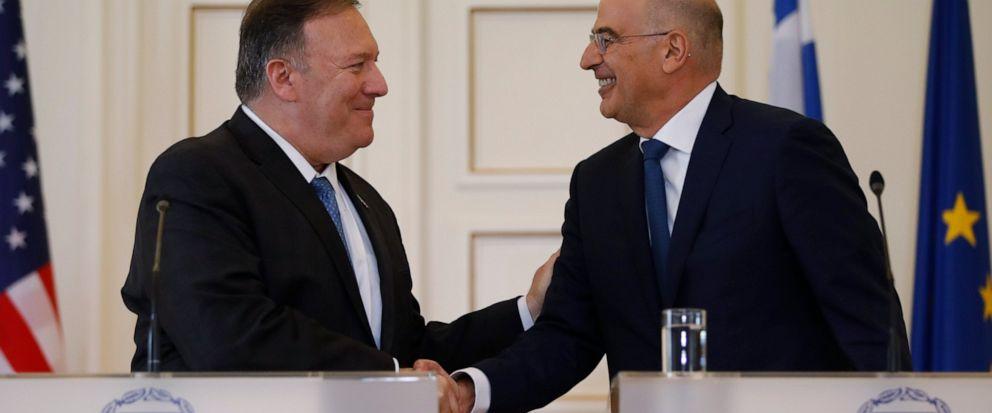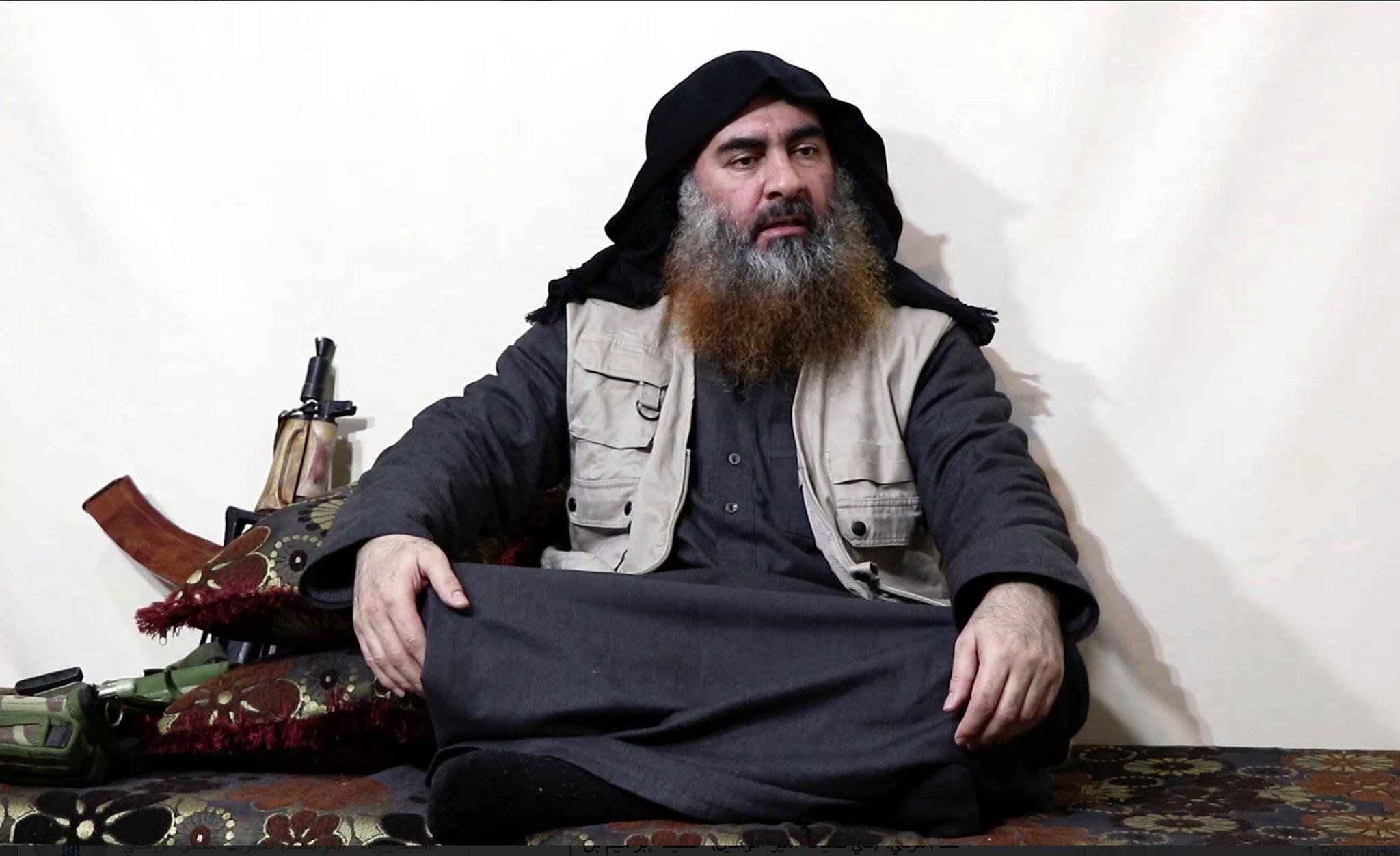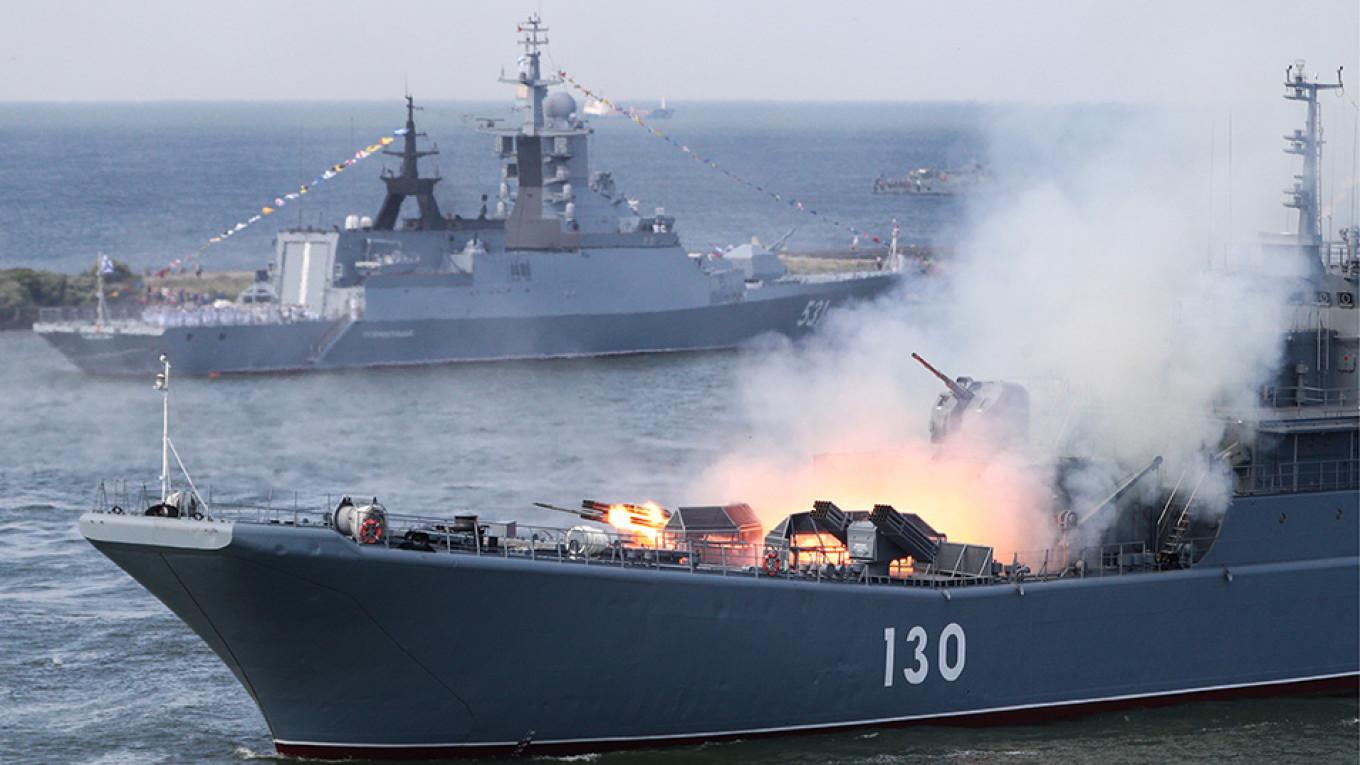The Middle East after four years of Trump: a new order in the making
After four years of Donald Trump’s presidency, the Middle East seems more polarized than before, although with an emerging order. Trump has completed what President Barack Obama started, with different perspectives and tones (think “leading from behind” in 2011 in Libya or the Syrian “red lines” of 2012 then crossed by Bashar al-Assad): disengaging politically from the Middle East – which is not necessarily related to a complete military exit – while outsourcing Middle Eastern security, and that of the Mediterranean basin, to America’s regional allies.
Today, Saudi Arabia, the United Arab Emirates (UAE) and Israel have the responsibility of taking charge of the new Middle Eastern order that Trump has designed with them, but is not yet built. In case of failure, they will also have to cope with its disordered backlash and the long-term implications of Washington’s gambles (for instance, the killing of Iranian General Qassem Soleimani in January 2020).
But at the end of this American presidential term, what is surprising is that China is now much more present in the Middle East than in 2016, as the White House was quickly exiting the region to fulfil the “America First” promise and, most of all, to better counter Beijing’s influence in the Indo-Pacific.

Outsourcing security to allies in the Gulf and the Mediterranean
Without a clear and coherent US strategy for the region, Washington first increased and then reduced the number of American soldiers deployed in Iraq and Afghanistan. Just in time for the final rush of the US electoral campaign, the United States announced a troop reduction (from 5,200 to 3,000) in Iraq from the American-led coalition to counter remaining pockets of the “Islamic State”, and a new drawdown from the NATO-led “Resolute Support” mission in Afghanistan (fewer than 5,000 troops will stay after the end of November 2020), in the framework of the US-Taliban agreement signed in February 2020 (which reduced US forces to 8,600). In May 2020, the White House even withdrew part of the additional deployments installed in Saudi Arabia after the Iranian-matrixed attacks against Saudi Aramco’s oil facilities (September 2019). Among them were two Patriot missile batteries and several fighter aircraft, thus sending a powerful political message to Riyadh in the middle of the oil price war between Saudi Arabia and Russia.
Nevertheless, more than 80,000 American soldiers were deployed in the Middle East as of January 2020, part of them still in the sticky battlefields of the 2000s (Iraq, Afghanistan) and of the 2010s (Syria): not exactly the exit from the Middle Eastern “endless wars” that President Trump had repeatedly announced. In north-eastern Syria, the US has even decided to increase troops (from 500 to 600) and equipment to protect the area where Syrian Kurds fight remnants of the “Islamic State”. Announced in September 2020, the increase of troops is scheduled to last 90 days and was decided after skirmishes with the Russian forces deployed along the Turkish border.

Despite the surge in personnel and equipment, the US power of deterrence in the Middle East has decisively waned, as confirmed by the unprecedented attacks against Saudi Aramco, and then by the absence of an American reaction. Riyadh, Abu Dhabi and the Gulf monarchies, Washington’s key Arab allies, are deeply aware of this as they are working to strengthen national defense capabilities and deepen international alliances. In the security field, the US has been playing the “outsourcing card” also in the rising energy and geopolitical competition for the Mediterranean: In this case, the American allies are Israel and, above all, Greece and the Republic of Cyprus.
As diplomatic tension turns into the new normal between the United States and Turkey (a NATO member), Washington has stepped up the partnerships with Greece (in late 2019, Athens allowed a first-ever time indefinite agreement with the US for the use of the Souda Bay naval base in Crete, also a NATO base) and the Republic of Cyprus (in 2020, the US partially lifted the 1987 arms embargo, thus consenting non-lethal military goods to be sold or transferred to the Republic of Cyprus for one year). The revised US-Greece mutual defense cooperation agreement also paves the way for the expansion of the American Sixth Fleet, the establishment of a drone base and permanent helicopter facilities in central Greece. In the medium to long term, Crete could even replace the Turkish base of Incirlick as the main US and NATO air force hub in the area.

A new Middle Eastern order: designed but not yet built
A new Middle Eastern order has been designed, but it still needs to be built: This is the main, uncompleted, legacy of Trump’s presidency in the region. Three deals have marked Trump’s policies in the Middle East: Washington’s withdrawal from the Joint Comprehensive Plan of Action (JCPOA) between the 5+1 and Iran in 2016-2018; the “Trump Peace Plan” on the Israeli-Palestinian issue (2020); and the “Abraham Accord” marking the diplomatic normalization between Israel and the UAE, signed in Washington on September 15th (also with Bahrain). The White House rejected and is still trying to dismantle a multilateral agreement (JCPOA), while investing time and political resources in drafting bilateral deals negotiated through personal diplomacy (see the role of Trump’s son-in-law and advisor Jared Kushner) and whose foundations bet on volatile prospects of economic cooperation in the region.
In this emerging Middle Eastern order, jihadi groups are trying to reorganize by searching for new grievances and causes to exploit. In the last four years, the global jihadi threat coming from conflict-torn Arab states has weakened, partially replaced by improvised “lone wolfs” and a sort of diffuse “privatization” of violence. However, the end of the so-called “Islamic State” under state guise epitomized by the killing of Abu Bakr al-Baghadi in October 2019, plus the murder of Hamza bin Laden (son of Osama and apparent next heir of the Al-Qaeda core), and of the Yemeni leader of Al-Qaeda in the Arabian Peninsula (AQAP), Qasim al-Raymi, would wrongly suggest that US politics (and drones) have defeated jihadi terrorism and its global menace.

Instead, jihadi groups have been relocating: for instance, the terrorist threat is on the rise in West and Eastern Africa (see the Saheli Belt, Somalia or the recent seizing of the prominent Mozambique port of Mocimboa da Praia by an Islamic State offshoot), a continent that remains far from Washington’s political radars and, conversely, is at the center of growing Chinese leverage, with particular regard to the Red Sea-Horn of Africa sub-region.
More China in the Middle East: Trump’s paradox
After four years of Trump’s presidency, China has managed to carve out much more strategic space in the Middle East, and especially in the Gulf, than before. Beijing has strengthened commercial, economic and maritime relations with Middle Eastern states (as anticipated by the first-ever Arab Policy Paper published by Beijing in 2016), forging new security ties. China signed strategic partnerships with Saudi Arabia (2016), the United Arab Emirates (2018) and, previously, with Egypt (2014). In the Gulf region, China’s growing energy demand met with the Gulf powers’ search for new oil markets and investors: In other words, the Saudi “Vision 2030” and the “Belt and Road Initiative” have developed important synergies so far.
Whether the Chinese are now able and willing to enter the troubled power relations of the Gulf region, downplaying their traditional balancing act between Riyadh and Teheran, will largely depend on Iran’s next political choices. From its side, the room for maneuver of Teheran in foreign policy is closely related to the American success or failure in activating the “snapback” mechanism (included in the JCPOA), that would reinstate all pre-2015 UN sanctions against Iran.
But Washington’s “maximum pressure” policy vis-à-vis the Iranians, combined with the partial outsourcing of regional security to the Saudis and the Emiratis, made the possibility of a Chinese strategic presence in the Gulf (with joint military exercises, access to ports, facilities and even a military base) less unrealistic than in the past, as skillfully disclosed by the draft of the Sino-Iranian Comprehensive Strategic Partnership. The first-ever joint naval drills among Iran, China and Russia in the Gulf of Oman (December 2019) would have already put Washington on alert, despite the US expanding the Strategic Framework Agreement for access to Oman’s ports and airports (March 2020). In September 2020, Iran also opened a new naval base near the Hormuz strait (close to the Sirik port in Hormuzgan), claiming “total dominance” on the choke point.

At the international level, Trump’s zero-sum and bilateral foreign policy has conveyed a polarizing picture of global affairs. This is at odds with China’s expansionism based on winning local consensus abroad through network projects and investments. What the two approaches have in common is that both are definitely business-oriented. But in a season of ungoverned multipolarity and financial constraints, network-building matters even in the conflict-prone Middle East and this can partially explain why, in the age of Trump, Beijing has succeeded in strengthening its role in that region.
